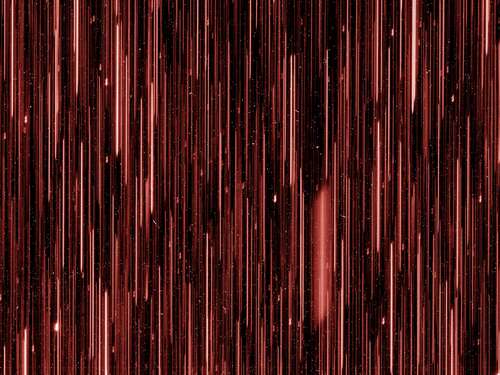An image of the Horsehead Nebula, one of five images released by Euclid today, will help us find new planets the size of Jupiter in the Orion constellation.
The European Space Agency (ESA) has released the first images from Euclid, the space mission to probe some of the most mysterious aspects of our universe – dark matter and dark energy.
The set of five images released today (7 November) form a part of the mission’s Early Release Observations, or ERO, in which Euclid scrutinised a set of celestial targets chosen for their “public appeal and scientific value”.
Peter Coles, a professor at Maynooth University and the only Irish academic involved in the Euclid mission, told SiliconRepublic.com that the observations are not part of the full Euclid survey, which will start in early 2024.
Instead, the images were produced during the process of verification the capabilities of the telescope and detectors. “They demonstrate that Euclid is performing very well indeed,” he said.
“Euclid is designed to achieve very sharp optical quality across a very wide field of view so its strength is that it will produce beautiful images like these not only of a handful of objects but millions.
“We need to map very large numbers of galaxies to perform the careful analysis needed to extract information about dark matter and dark energy, which is the main goal of the mission.”
The lead image (above) shows a panoramic and detailed view of the Horsehead Nebula, also known as Barnard 33, and part of the Orion constellation.
Through this observation, scientists hope to find many “dim and previously unseen” Jupiter-mass planets in their celestial infancy, as well as young brown dwarfs and baby stars.
Euclid was blasted into space by the powerful SpaceX Falcon 9 on 1 July after being worked on for more than a decade. The telescope is located in the Earth-Sun Lagrange Point 2, where the James Webb telescope is also located.
From there, it will study one third of the sky over the next six years at a cost of around €1.4bn. The whole mission, however, is spread over 10 years and involves more than 15 countries.
“While these images are in a sense by-products of the Euclid mission, not specifically related to the main aims of the mission, they are interesting in their own right and there are proper scientific papers related to each of the five observations released today,” Coles explained.
“We expect many more non-cosmological offshoots like these as the mission goes on.”
In late July, the ESA released the first test images taken by Euclid, indicating that the instruments on board were working well.

The ‘grism’ image taken by Euclid. Image: ESA/Euclid Consortium (CC BY-SA 3.0 IGO)
It hasn’t been all smooth sailing for the mission, however. Coles said that there were some problems during the commissioning of the instruments carried by Euclid, the most serious of which was an issue with the Fine Guidance Sensor used to control the pointing of the telescope.
“This has been fixed by a software update and everything is now functioning well,” he added.
Roland Vavrek, the mission’s deputy project scientist, said in a video released last week that Euclid is now “almost ready” to start its six-year collection of data.
“We have never seen astronomical images like this before, containing so much detail,” added René Laureijs, ESA’s Euclid project scientist.
“They are even more beautiful and sharp than we could have hoped for, showing us many previously unseen features in well-known areas of the nearby universe. Now we are ready to observe billions of galaxies and study their evolution over cosmic time.”
Details on each of the five images released today can be found on the Euclid section of the ESA website.
10 things you need to know direct to your inbox every weekday. Sign up for the Daily Brief, Silicon Republic’s digest of essential sci-tech news.
Euclid’s view of the Horsehead Nebula. Image: J C Cuillandre / G Anselmi / ESA (CC BY-SA 3.0 IGO)

